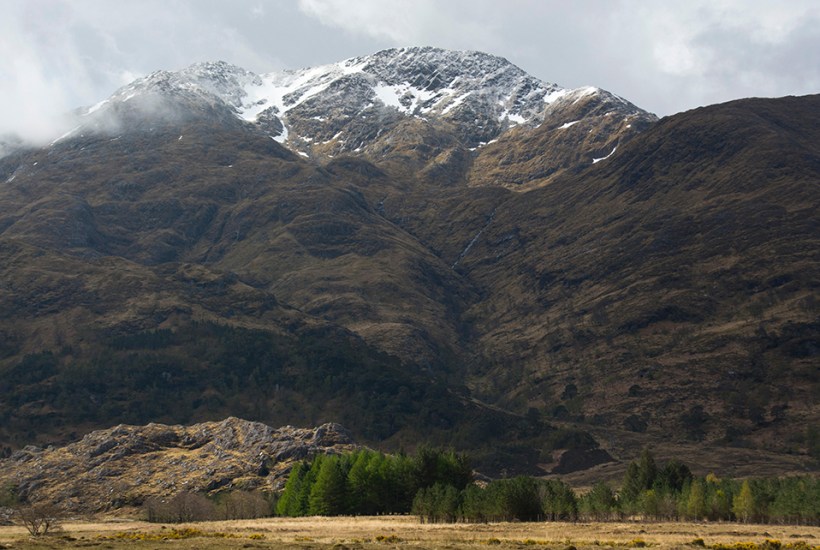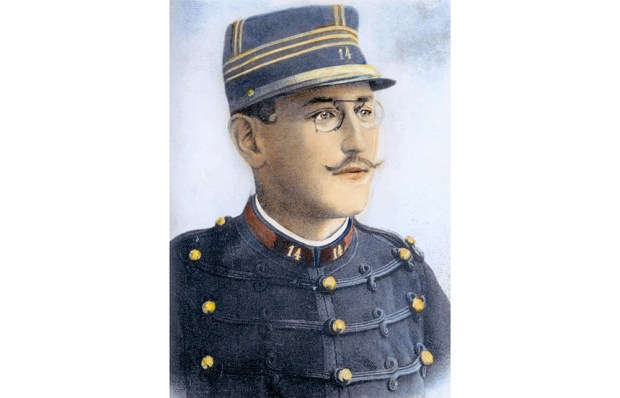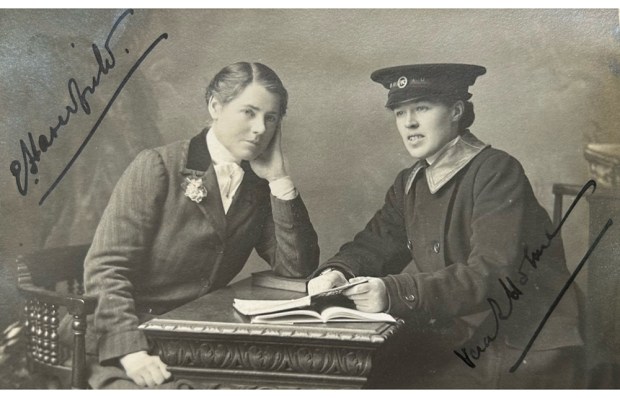Raynor Winn’s first book, The Salt Path, was a genuine phenomenon. Having been evicted from their farm after 20 years, she and her husband Moth, who suffers from a degenerative disease, set off on a courageous walk around the south-west of England in the hope of restoring his health and finding a new life. It was a deserved international bestseller.
Landlines picks up the story. Although walking proved a temporary respite for Moth, his corticobasal degeneration (CBD) – which the medics advised was without treatment or cure – takes a turn for the worse. Raynor decides to commit to another walk, to ‘let the oxygen back in and for the spark to regenerate’. And not just any walk. She suggests to Moth they embark on the Cape Wrath Trail, generally thought to be the hardest of British long distance routes, often unsignposted and always arduous.
It does not make for an easy experience. Midges assail them, there is almost constant bad weather (she feels ‘they will become the rain’) and not all the locals are friendly. Thin-skinned Scots should perhaps avoid the book, for it certainly doesn’t present a cosy tartan-and-shortbread version of the Highlands. Winn is astute at noticing how depopulated some areas have become. ‘Most of the people who worked the land have gone,’ she’s told, leaving mainly deer and visitors.
In the hands of a lesser writer it might not make for an enjoyable read, as the bog and black heather stretch away and there’s a lot of squelch and blisters. I’m not usually a fan of miserable journeys (Chekhov set a benchmark for these with his account of travelling across Siberia), but Winn has a gift for making her account profoundly human.
One strength is the power that the couple’s long relationship gives them to overcome considerable adversity. Raynor says that after 40 years she can no longer tell where her hand ends and his begins. Moth had always been skilled with a map and compass, but he finds it difficult to see routes and make those connections in the way he used to – ‘as if he had lost an entire language, a way of understanding and describing the land as a whole picture’.
Perhaps because of this Winn redoubles her own attempts to describe it for us. Connection to the land doesn’t come from ownership, she says; it’s not something you buy. It comes from time spent immersed in the smell of fear and the feel of the rocks beneath your feet.
Scotland provides a good place to think about ownership and the right to roam. Since the Scottish Land Reform Act in 2003, everyone there has the statutory right to pass overland – unlike England, where Winn is concerned that trespass is becoming more criminalised and the countryside more enclosed. But even in Scotland it’s not all that open: they find they can’t begin their walk at Cape Wrath because it’s been closed off for military manoeuvres.
She has other problems, including ill-fitting boots that leave her with feet that are ‘balls of burning hot pain’, and continual guilt that she has got them both into a situation where they are out of their depth – sometimes literally, when they have to cross flooding rivers. But as they travel, she sees the return of the Moth she’s always known: someone with a passion for life and creativity.
Winn has some of the strengths of the late Dervla Murphy – an honesty in the approach, a sympathy in the telling and a gift for conversation. While alive to the beauties of the natural world and its sudden epiphanies – an eagle taking off in sunlight after sheltering near a waterfall during a storm – this is not one of those nature books that leaves out the people. Nor one that takes itself so seriously it can’t tell a joke.
Reaching the remote Knoydart peninsula, with its vast wilderness known as the Rough Bounds, they bump into walkers who have opted for the full Land’s End to John O’Groats (LEJOG), one of whom theorises that something remarkable happens when you do a long distance path: that you find an honesty you don’t see in normal life and that it unites those who walk in a sort of euphoria that can only be described as ‘trail magic’, and that if you need help it will come from somewhere.
Most readers will give a small cheer when, having survived the Cape Wrath Trail and getting to Fort William, Moth’s immediate response is to carry on and do another 100 miles down the West Highland Way. Indomitable is the word that comes to mind. And the Borders and Pennine Way follow on, all the way back to home in Cornwall for 1,000 miles.
Those worrying that we might be in for a simple retread of The Salt Path should be reassured. In some ways this book goes deeper. In exploring what it means to be seeing a landscape possibly for the last time, it achieves moments of rare vision and compassion.
The post Bogs, midges and blinding rain: the joys of trekking in the Highlands appeared first on The Spectator.
Got something to add? Join the discussion and comment below.
Get 10 issues for just $10
Subscribe to The Spectator Australia today for the next 10 magazine issues, plus full online access, for just $10.
You might disagree with half of it, but you’ll enjoy reading all of it. Try your first month for free, then just $2 a week for the remainder of your first year.














Comments
Don't miss out
Join the conversation with other Spectator Australia readers. Subscribe to leave a comment.
SUBSCRIBEAlready a subscriber? Log in